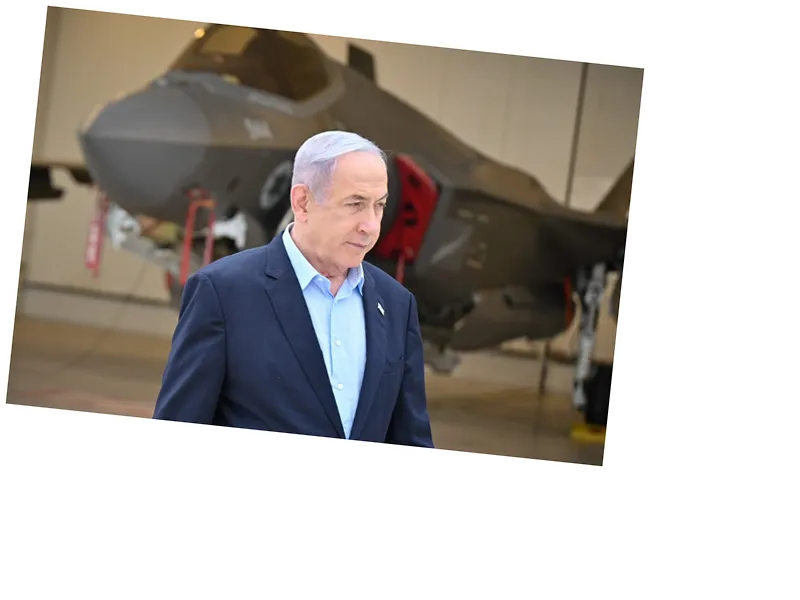Crisis Erupts Over Gaza Children Report by New York Times
The publication of a report by the New York Times detailing the harrowing conditions faced by children in Gaza has ignited a significant backlash from Israeli media outlets, particularly the newspaper 'Israel Today.' The report, released on October 9, includes firsthand accounts from medical professionals who described the brutality witnessed in Gaza’s hospitals, emphasizing cases of severe injuries among children and alarming trends in malnutrition and psychological distress.
Medical staff reported shocking incidents where children suffered life-threatening injuries, with some even contemplating suicide due to the dire circumstances. The New York Times reached out to the Israeli army for comments, which asserted its commitment to minimizing civilian harm and adhering to international legal standards. However, this response did little to quell the uproar that followed the report's release.
Israeli media and supporters have criticized the New York Times, with claims from 'Israel Today' suggesting discrepancies in the report's photographic evidence of injuries. They argued that CT scans of gunshot wounds did not match the injuries depicted in the report. In defense, the New York Times maintained that the report underwent rigorous verification and that the testimonies were credible.
The humanitarian crisis in Gaza is dire, with Oxfam reporting over 11,000 children killed by Israeli forces in the past year alone. This figure surpasses the total child fatalities in all other global conflicts over the same period, raising serious concerns about the impact of ongoing violence on the most vulnerable populations in the region.
Diverging Opinions on Social Media
The report has sparked varied reactions on social media, with activists divided on the implications of the New York Times' findings. Some called for intensified efforts toward Palestinian liberation, while others noted a potential shift in American media's portrayal of the Israeli narrative. Activists like Ali emphasized the importance of perseverance in the face of denial from Zionist perspectives, stating that regardless of the evidence, the struggle for Palestine must continue.
Conversely, others, like Lama, highlighted a growing dissatisfaction among American media with the Israeli narrative, suggesting that even traditionally supportive outlets are beginning to recognize the gravity of the situation in Gaza. Activist Fadi expressed hope that the report would influence U.S. policy, particularly in light of the American administration's previous indifference to the humanitarian crisis.
Critics, including tweeter Yara, pointed out the inconsistency in Israel's reaction to media reports, noting that when coverage aligns with its interests, it is welcomed, but condemnation leads to accusations of bias and misinformation. Reports of Israeli forces using detained Palestinian civilians as human shields further complicate the narrative, as Israel frequently dismisses allegations of misconduct by its military.
The ongoing debate reflects deep-rooted tensions surrounding the Israeli-Palestinian conflict and highlights the challenges of accurately portraying the humanitarian impact of military actions in Gaza.





